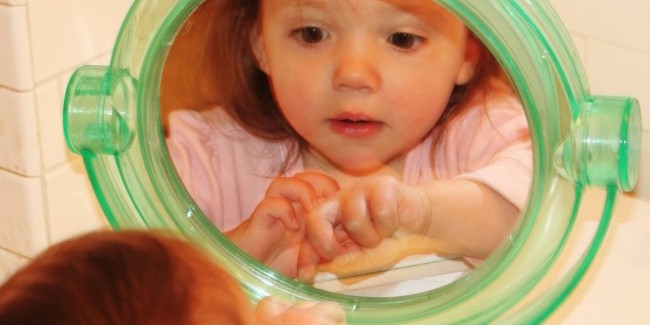 More young people than ever are falling prey to that thing called narcissism, while anxiety is also seeing a steady climb. Surveys on narcissism show about 70 percent of students score higher for narcissism than students some 30 years back. Anxiety stats show a steady increase over at least the last 50 years, with up to eight times as many high school and college-age students suffering from depression and/or anxiety as there were a half-century ago.
More young people than ever are falling prey to that thing called narcissism, while anxiety is also seeing a steady climb. Surveys on narcissism show about 70 percent of students score higher for narcissism than students some 30 years back. Anxiety stats show a steady increase over at least the last 50 years, with up to eight times as many high school and college-age students suffering from depression and/or anxiety as there were a half-century ago.
Two things immediately pop to the surface:
- Anxiety and narcissism share several similar traits
- The two may stem from the same causes
The two disorders are so similar, in fact, author Sam Vaknin says generalized anxiety disorder (GAD) and other anxiety disorders are frequently misdiagnosed as narcissistic personality disorder (NPD).
Traits Common with Narcissism
- Anxious for social attention or approval
- Suffer from anxiety linked to feedback that verifies self-worth
- Irritation, frustration
- Fear of being criticized or embarrassed in public
- Discomfort in social and other specific settings
Traits Common with Anxiety
- Excessive or uncontrollable apprehension
- Obsessive thoughts and/or compulsive acts
- Irritation, frustration
- Difficultly concentrating
- Panic attacks, physical symptoms of racing rate, sweating, chest pains
- Discomfort in social and other specific settings
While the two disorders share some of the same traits, what really makes the narcissist stand out is his or her complete lack of empathy for others. Those suffering from anxiety disorders may at times exhibit a lack of empathy, but theirs is more likely linked to not being able to see past their own anxiety and fear rather than simply not caring about anyone but themselves.
Why the Increase?
Research professor and Psychology Today blogger Peter Gray shares a few theories as to why narcissism is on the rise, and the increase in anxiety disorders may come from similar causes.
The “self-esteem movement.”
This so-called movement kicked off in the 1980s, encouraging everyone who deals with children to go out of their way to praise, praise and then praise some more. The idea was to build up self-esteem with what often bordered on ridiculous levels of praise and cheers, even when children did nothing to deserve it.
Some schools went as far as to get rid of grades or first place awards, instead giving everyone the same amount of glory so as not to damage anyone’s self-image. The theory here is that children believed what they were told so wholly that they grew up thinking they could do no harm. This could definitely set the stage for narcissism, but not necessarily anxiety.
The pressure on children to achieve and succeed.
The push for children to get stellar grades, be top athletes, join a handful of volunteer organizations or otherwise start padding their resumes by the age of 3 could give rise to both narcissism and anxiety. The anxiety part is obvious, and narcissism could kick in when children learn that winning only comes from making other lose, or squashing anyone who gets in their way.
The lack of play.
The lack of play is one of Gray’s top theories for a lot of today’s woes, and it makes a lot of sense. Children are too busy trying to achieve and succeed instead of using their imagination for fun and games. If narcissism and anxiety are the only two things this trend produces, we may get off lucky indeed.
SOURCES:
Photo Credit: Sharon Mollerus via Compfight cc





